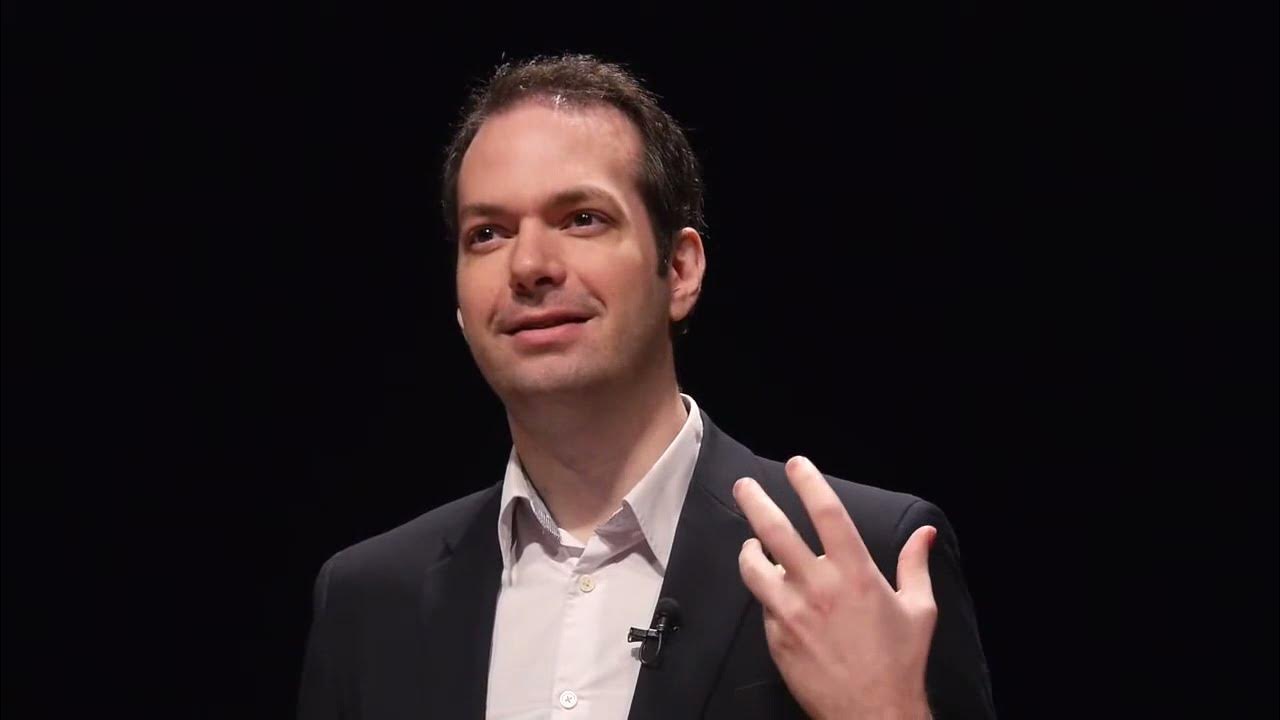Creative Thinking: How to Increase the Dots to Connect
Summary
TLDRThis script explores the concept of creativity as a problem-solving skill applicable to all fields, not just art or invention. It introduces the Adaption-Innovation Theory by Michael Kirton, highlighting the differences between adaptive and innovative creatives. The script also discusses divergent and convergent thinking, emphasizing the power of diverse teams in problem-solving. It concludes with practical advice from experts on fostering creativity through new experiences and embracing different perspectives.
Takeaways
- 🥥 Creativity can transform simple ingredients into a delightful meal, showing that it's not just about resources but how we use them.
- 💡 Creativity is a universal ability that is not limited to a specific field or profession; everyone has the potential to be creative.
- 🧩 Michael Kirton's Adaption-Innovation Theory suggests that problem-solving can be approached adaptively (improving existing methods) or innovatively (creating new methods).
- 🔍 Adaptive-creative individuals focus on refining existing solutions, while innovative-creative individuals seek entirely new approaches.
- 🐾 An example of adaptive creativity is improving cat litter by adjusting its chemical properties and adding a pleasant scent.
- 🚀 Innovative creativity might involve unconventional ideas like cat diapers or a robocat, thinking well beyond traditional solutions.
- 🤔 J.P. Guilford's theory differentiates between divergent and convergent thinking, with the former generating many ideas and the latter refining them to the best option.
- 👥 A diverse team combining divergent and convergent thinkers is highly effective in problem-solving due to the balance of idea generation and refinement.
- 🕵️♂️ The murder mystery experiment illustrates the benefits of creative diversity, where a group with a 'stranger' solved more quickly due to new perspectives and careful consideration.
- 🌐 To foster creativity, it's essential to build a broad base of knowledge and experiences, which provides more 'dots' to connect in novel ways.
- 🔧 Clayton Christensen advises parents to solve home problems independently to teach children the value of self-reliance and diverse solutions.
- 👕 Jack Matson suggests 'dressing for failure' as a way to adopt new perspectives and explore different roles, which can enhance creativity.
- 🗣️ Marc Schwyn recommends practicing saying 'yes' to new experiences, which can lead to growth and the discovery of untapped creative potential.
- 🌱 The recommendation to try one new thing daily for a week or a month encourages stepping out of comfort zones and embracing new learning opportunities.
Q & A
What is the creative idea mentioned in the script for using a coconut, rice, and an egg?
-The creative idea is to boil rice in coconut water, then fry it with an egg and add coconut flakes to make a meal.
How does the script define creativity?
-Creativity is defined as the ability to look at a problem and come up with a good solution to solve it.
What does the Adaption-Innovation Theory by Michael Kirton suggest about problem-solving approaches?
-The Adaption-Innovation Theory suggests that people are either more adaptive or innovative in their problem-solving approaches. Adaptive types try to do things better, while innovative types try to do things differently.
What is the difference between adaptive-creative and innovative-creative individuals according to the script?
-Adaptive-creative individuals focus on improving existing solutions, while innovative-creative individuals think outside the box and come up with entirely new solutions.
How do divergent and convergent thinkers differ in problem-solving?
-Divergent thinkers are better at generating many ideas when faced with a problem, while convergent thinkers are better at narrowing down options and selecting the best solution.
What role does a diverse team play in problem-solving according to the script?
-A diverse team is more effective in problem-solving because it combines the strengths of divergent and convergent thinkers, leading to better and more innovative solutions.
What was the outcome of the murder mystery experiment involving two groups of students with different backgrounds?
-Group B, which included a stranger, solved the mystery twice as fast as Group A, demonstrating that a new perspective can enhance problem-solving efficiency.
What does Clayton Christensen recommend for parents to encourage creativity in their children?
-Clayton Christensen recommends that parents should fix things at home by themselves, allowing children to learn that problems can be solved in many different ways.
What advice does Jack Matson give for fostering creativity?
-Jack Matson advises dressing for failure to gain a new perspective and the ability to play new roles, which can foster creativity.
What does Marc Schwyn suggest as a practice to open oneself to new experiences?
-Marc Schwyn suggests practicing saying 'yes' to new opportunities as a way to open the door to new experiences.
What is the final recommendation given in the script for enhancing creativity?
-The script recommends doing one new thing every day for at least a week or a month, such as calling a weird aunt, talking to a stranger, or taking a cold shower, and reflecting on the experience each evening.
Outlines

This section is available to paid users only. Please upgrade to access this part.
Upgrade NowMindmap

This section is available to paid users only. Please upgrade to access this part.
Upgrade NowKeywords

This section is available to paid users only. Please upgrade to access this part.
Upgrade NowHighlights

This section is available to paid users only. Please upgrade to access this part.
Upgrade NowTranscripts

This section is available to paid users only. Please upgrade to access this part.
Upgrade NowBrowse More Related Video
5.0 / 5 (0 votes)





